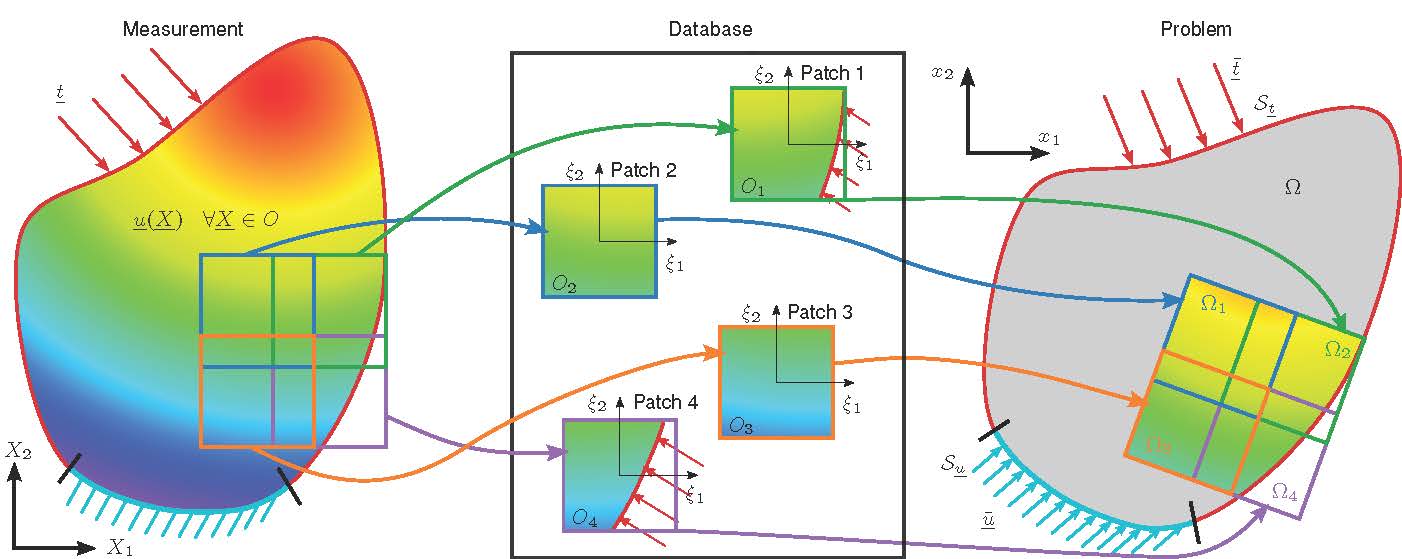Sep 2022

Solid mechanics predictions rely on the combination of three physical principles, 1) kinematic admissibility related to deformation 2) static admissibility related to stresses and 3) constitutive equation which couples the other two and describes the material behaviour. The first two principles are based on fundamentals of physics, such as equilibrium. The constitutive equation is however not based upon such principles, and generally obtained through a fitting approach. This relies also on the rather arbitrary selection of a fitting function. Over the last couple of years several so-called data-driven approaches have been proposed, these approaches generalize the material model and reduce the required experience.
This presentation extents this data-driven paradigm to capture non-local effects. These effects appear during structural failure processes; thus, accurate simulations are essential to guarantee reliable and safe structures. The method also stands out because it uses only measurable information. Most data-driven solid mechanics methods require information on the internal statics, which cannot be obtained through measurements. Thus, many methods rely on simulations as their data source, and these simulations make assumptions on constitutive behavior, negating the benefit of data-driven methods because they are developed to avoid making constitutive assumptions.
The development of this non-local, data-driven, and model-free method requires a reevaluation of the fundamentals behind solid mechanics. We reformulate these fundamental concepts so that the following objectives are met. The method
• only relies on measurable quantities as input,
• can predict local and non-local problems without a change in formulation, and
• is not limited to solid mechanics and also applies to other physics problems.
We believe this research direction will facilitate the development of new tools that enable more accurate predictions. It should prove especially powerful for problems where the constitutive behavior is challenging to characterize, such as composite and soft/flexible materials. This also leads no new insights in predictions technologies that might be applicable to other fields.

Bram van der Heijden is a PhD candidate that works on novel numerical tools to predict deformations of solid mechanics problems. These tools to predict structural behavior and complicated fracture processes that traditional methods, such as finite element analysis, fail to accurately capture. The main driver for his research is improved reliability of safety critical structures in the transportation sector. Simultaneously he works on tougher fibre reinforced plastics with novel micro-structures that are manufactured with 3D printing technologies. Bram received his Bachelor and Masters degree at the Delft University of Technology where his thesis discussed structural optimization algorithms for improved fatigue resistance and reliability.